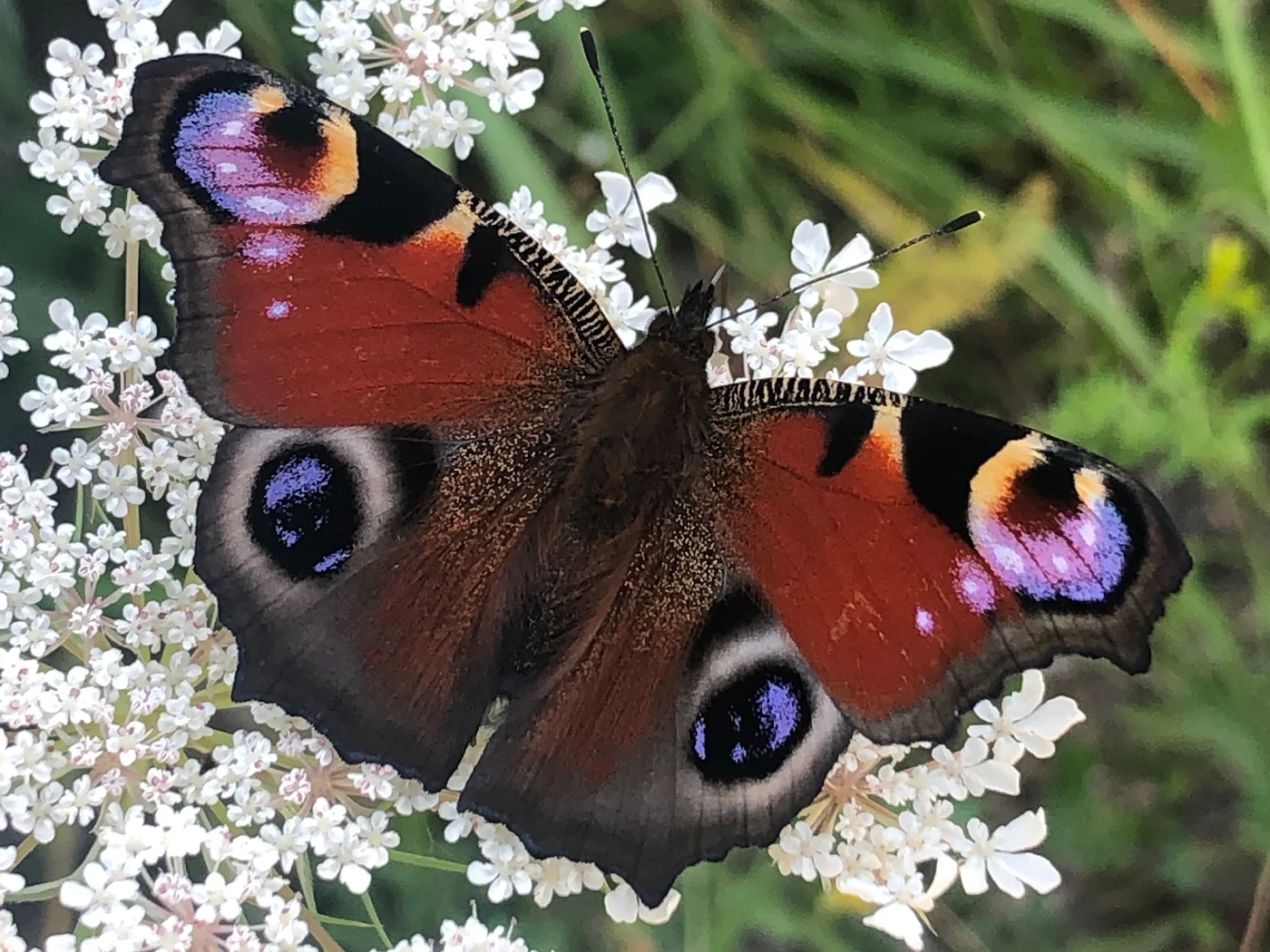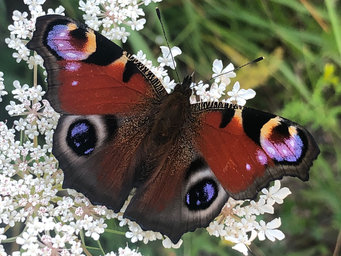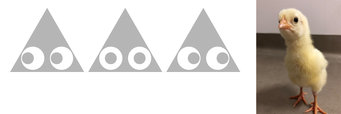We reach more than 65,000 registered users in Dec!! Register Now

The Mona Lisa effect: How eyespots deter predators that approach from different directions
- October 19, 2022
- 159 Views
- 0 Likes
- 0 Comment
Chicks are intimidated by eyespots that appear to gaze at them, providing an explanation for why eyespots are often symmetrical
The eyespots of many prey animals deter predators from attacking, like those of the peacock butterfly. In a new study, researchers from the Max Planck Institute for Chemical Ecology and the University of Newcastle show that the configuration of eyespots have an impact on the prey’s survival. The deterrent potential of eyespots is larger when they appear to look directly at a predatory chick. The most effective deterrent are concentric circles that subjectively appear to maintain eye contact regardless of the perspective from which they are approached (Frontiers in Ecology and Evolution, October 2022, doi: 10.3389/fevo.2022.951967).
Look me in the eyes: In nature a matter of life and death

© Hannah Rowland
The directions of the gaze matters
To test the Mona Lisa effect and rule out a general deterrent effect of conspicuous patterns, Hannah Rowland and her colleague John Skelhorn from Newcastle University developed a behavioral experiment with newly hatched domestic chicks that they trained to attack artificial moths for a mealworm reward. When the chicks had learned how to attack the prey, they were presented with one of three different artificial moths: one with eyes whose middle circles looked to the left, one with “eyes” that looked to the right, and one with perfectly concentric circles; thus, they appeared to gaze straight forward or to one of the two sides. Then the researchers built mini catwalks (or rather chickwalks) that either led straight to the food or approached their prey from the side.
© Hannah Rowland
Chicks perceive eyespots as eyes
The behavioral observations confirm the prediction that the chicks perceive the artificial eyespots as eyes. "Eyespots with concentric circles seem to stare at potential predators, like our chicks, from many directions, just like portraits that seem to maintain eye contact no matter where you are in the room. This probably also explains why, in nature, eyespots have evolved independently in different animals to successfully deter enemies," believes Hannah Rowland.
© Anna Schroll
List of Referenes
- John Skelhorn, Hannah M. Rowland. Eyespot configuration and predator approach direction affect the antipredator efficacy of eyespots. Frontiers in Ecology and Evolution, 2022; 10 DOI: 10.3389/fevo.2022.951967
Cite This Article as
No tags found for this post









